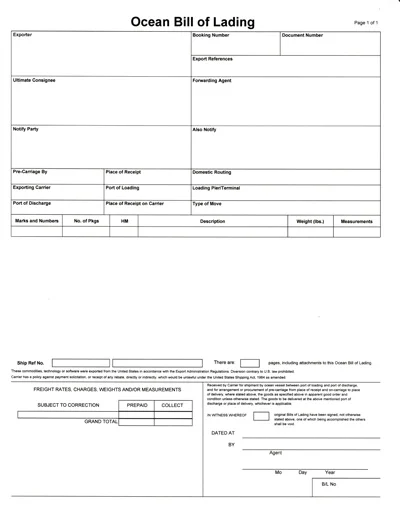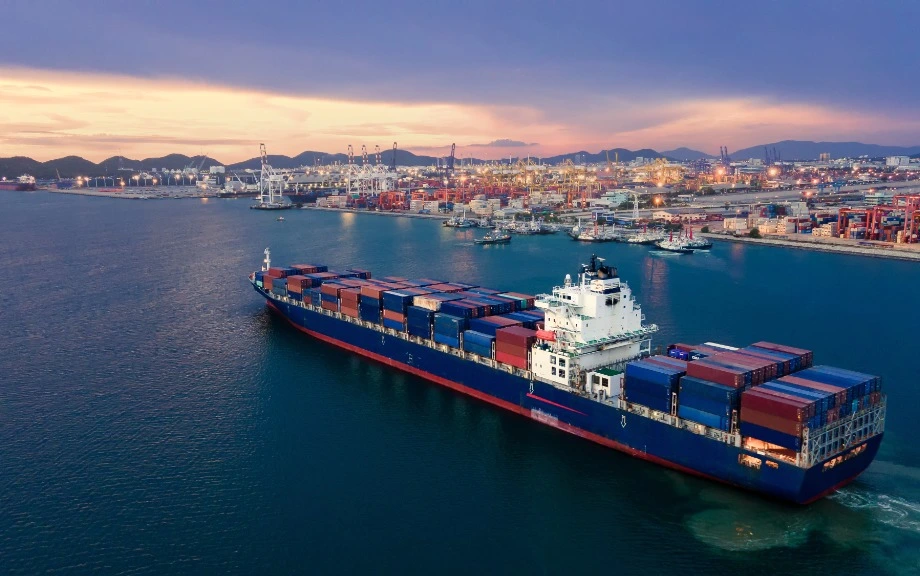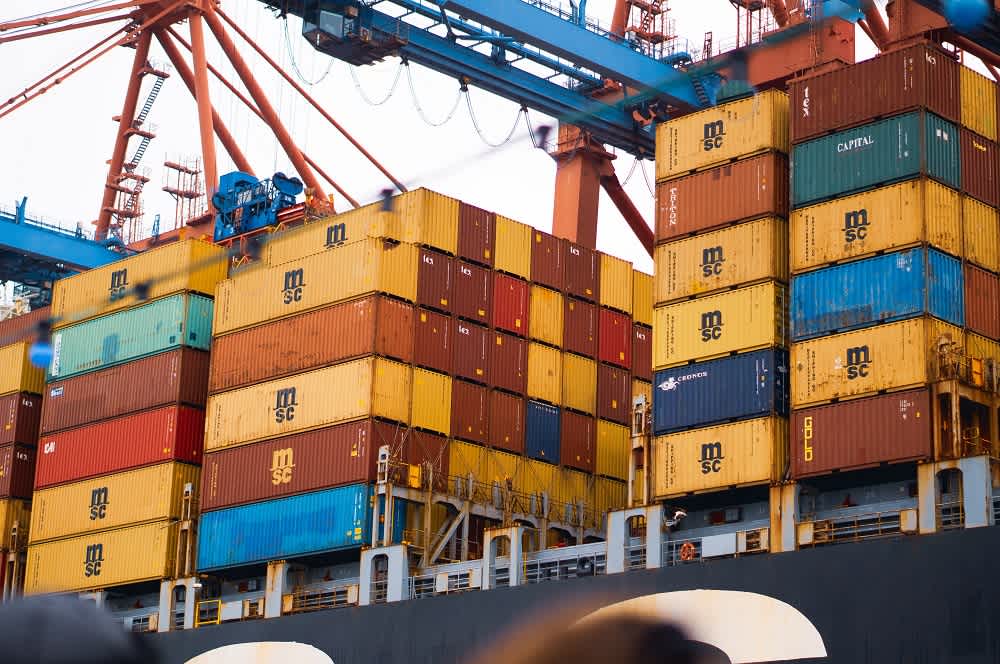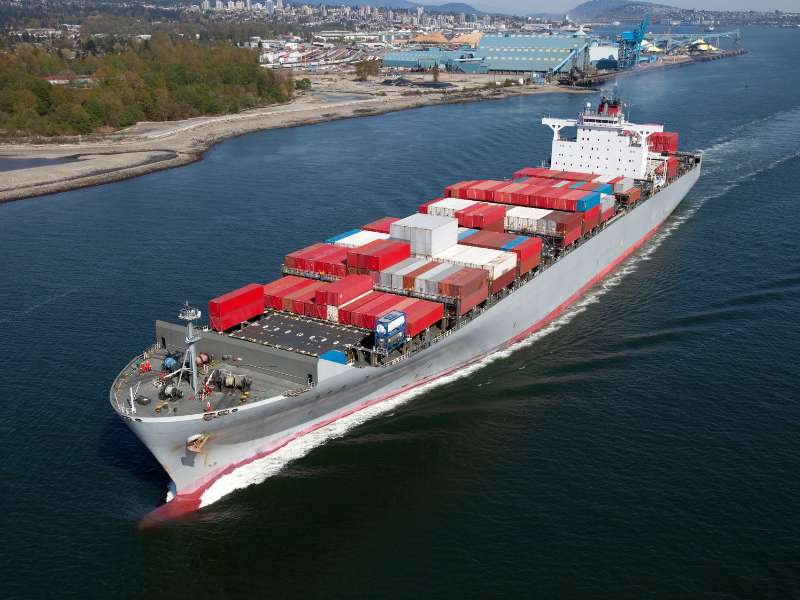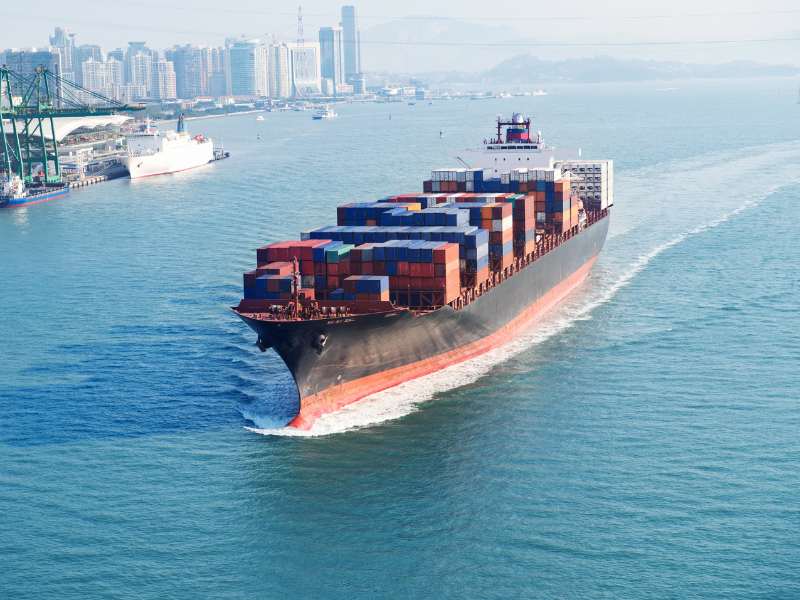Ocean bill of lading (B/L), is the ship or its agent issued to prove that the goods have been received, allowed to transport the goods to the destination, and delivered to the shipper’s written documents. It is the carrier and the shipper between the contract proof, in law with the effectiveness of the certificate of property rights.
Ocean bill of lading Content
Product name, logo, the number of packages or pieces, weight or volume and the transport of dangerous goods when the nature of the danger.
Peal carrier’s name and main place of business
- The name of the vessel.
- The name of the shipper
- The name of the consignee
- Select the port of loading and the date of acceptance of the cargo at the port of loading
- Borrowing port of discharge
- The place of receipt of the goods and the place of documentary cargo added to the multimodal bill of lading.
- The date, place and number of copies of the bills of lading.
- Payment of freight for the shoes.
- The carrier or its representative.
If you want to know more about shipping bill,there is a article related Air Waybill:
Who uses the bill of lading?
Companies that provide transportation services can give you the bills of lading, including owner-drivers, freight forwarders, shipping companies, third-party logistics companies, etc. In fact, not only sea freight, whether by air, rail or road, these modes of transport will produce bills of lading.
Who issues the bill of lading?
The “carrier” is the only company that can issue bills of lading. In maritime transportation, the carrier can refer to the shipping company (ship operating common carrier) or NVOCC (non-vessel-operated carrier), also known as freight forwarders (although not all freight forwarders are NVOCCs).
Who receives the bills of lading?
Bills of lading are usually provided to
- The shipper;
- Brokers, freight forwarders or third parties who manage customs;
- The consignee – this is the person who originally purchased the goods.
Ocean way bills of lading classification
- According to whether the goods are loaded on board, can be divided into “loaded bills of lading” and “ready for shipment bills of lading.
- According to the bills of lading with or without bad endorsement “clean bills of lading” and “unclean bills of lading”.
- According to the bills of lading can be circulated, that is, according to the bill of lading “consignee” column of the written content of the “name of the bills of lading” and “instructions to the bills of lading”.
- According to the mode of transport “direct bills of lading”, “forwarding bills of lading” and “intermodal bills of lading”.
- According to the content of the bills of lading, simple divided into “full type of bills of lading” and “omitted type of bills of lading”.
- “Intermodal bills of lading” is limited to more than two modes of transport of freight bill of lading, his use and the fourth point mentioned “by mode of transport in the intermodal bills of lading” is similar.
- According to the validity of the bills of lading is divided into the original bill of lading and copy of the bills of lading.
Special bill of lading
Omnibus B/L
Refers to a bill of lading that combines different types of goods on the same bill of lading at the request of the shipper.
Combined B/L
Refers to two or more batches of liquid bulk goods of the same variety, quality, loading port and unloading port but belonging to different consignees and loaded in the same liquid cargo hold, and the consignees of each batch of goods are respectively A bill of lading issued with the seal of ‘Consolidation Clauses’ stamped on it.
Separate B/L
Refers to the subdivision of the same batch of goods on the loading order into two or more batches of bills of lading issued separately.
Switch B/L
Refers to another set of bills of lading that is issued based on the original bill of lading. Under the condition of direct transportation, at the request of the shipper, the carrier promises to issue another set of bills of lading issued at the port of departure at an agreed halfway port, with the halfway port as the port of departure.
On Deck B/L
Also called deck cargo bill of lading. This refers to a bill of lading in which the words “On Deck” are marked on the bill of lading when the goods are shipped on an open deck.
Parcel Receipt B/L
Container B/L
For all your needs for China to USA freight forwarder,please contact us today! We are also your Amazon freight forwarder company worth considering.
